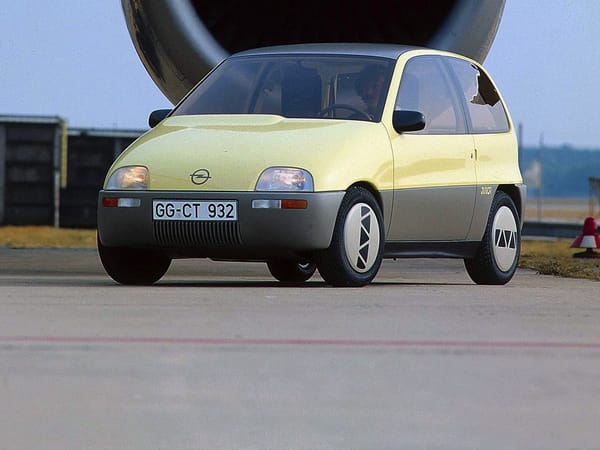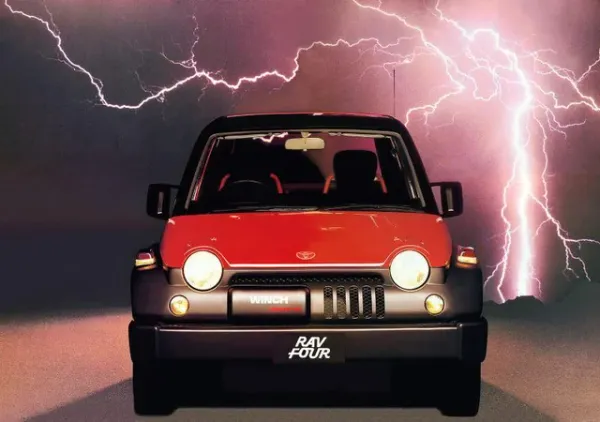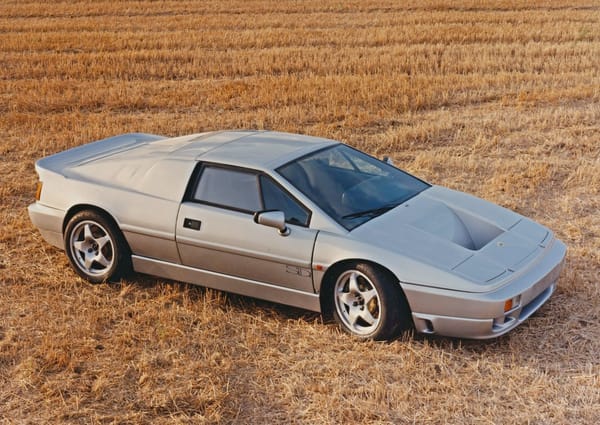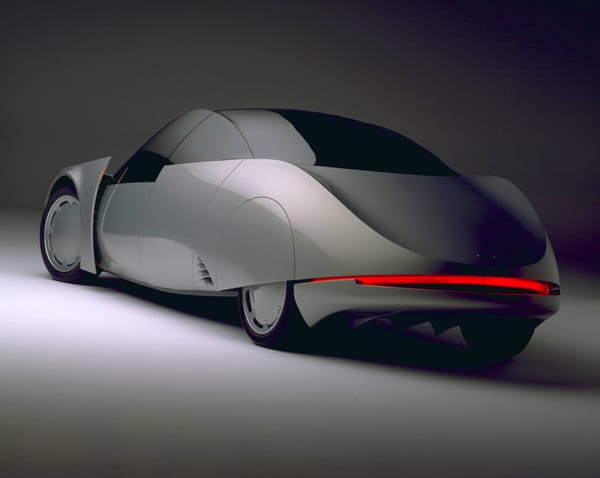Panhard Dyna Junior
Car of the Day #45: Panhard Dyna Junior
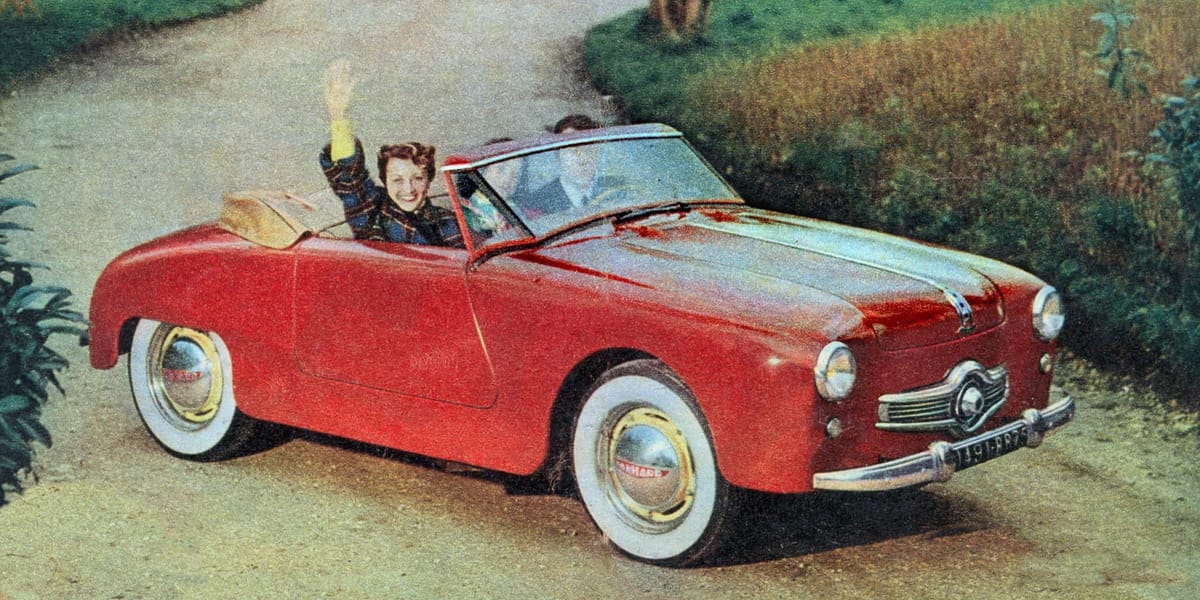
Every enthusiast has a “thing”. It could be for V12 Ferraris, stanced Volkswagen Tiguans, Australian ’utes, Mopar muscle cars…hell, one of the most interesting people I know has a bathroom decorated entirely of taxi paraphernalia.
It could be the main “thing” or a hidden “thing” but we've all got at least one…
Or am I alone in this? (Awkward.)
Thankfully, my savings can’t afford such problems. Would you like to know my “thing”? Some of you know about my at-a-distance love for the Suzuki X90, but I'm talking of a more enthusiast-worthy genre.
I adore post-Second World War small displacement European sports cars. Particularly French, Italian, and German.
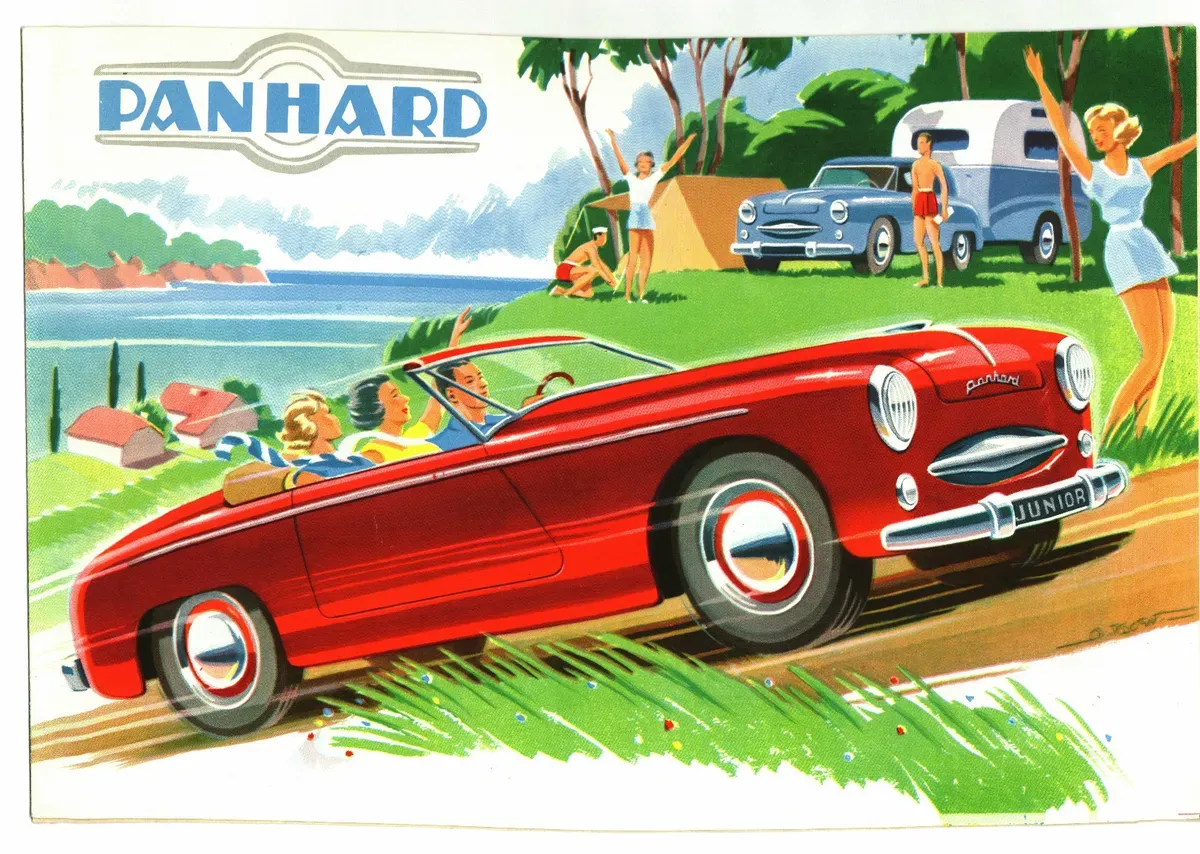
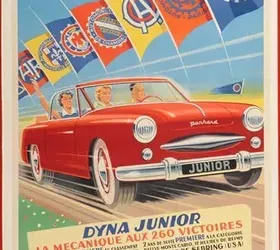
I love the idea of small, relatively affordable enthusiast machines pioneering new technologies, between odd ones (FMR Tg500), quick ones (Fiat Abarth 750 Zagato Coupe), and clever ones (the ultra-aerodynamic Panhard CD-based race cars that competed at Le Mans up until the late 1960s.)
The 1952 Panhard Dyna Junior is one of the earliest examples of this breed.
Max Hoffman, the famous importer of Mercedes-Benz, Volkswagen, Porsche, and others into the U.S. rightfully gets a lot of credit for his role in bringing some legendary vehicles to market.
A little earlier, however, in 1951 a U.S. importer named JB Ferguson saw a market for a small, modern European roadster and convinced Panhard to develop one on its Dyna X compact car mechanicals.
Like the modern Mazda MX-5 , it was conceived from the outset as an inexpensive, progressive sports car with performance tuned more to driver enjoyment than outright speed. But unlike the Miata—essentially shorthand for “affordable sports car” these days, the Junior’s engineering approach was far from commonplace.
Ready for its unconventional drivetrain and construction, at least for a sporting car?
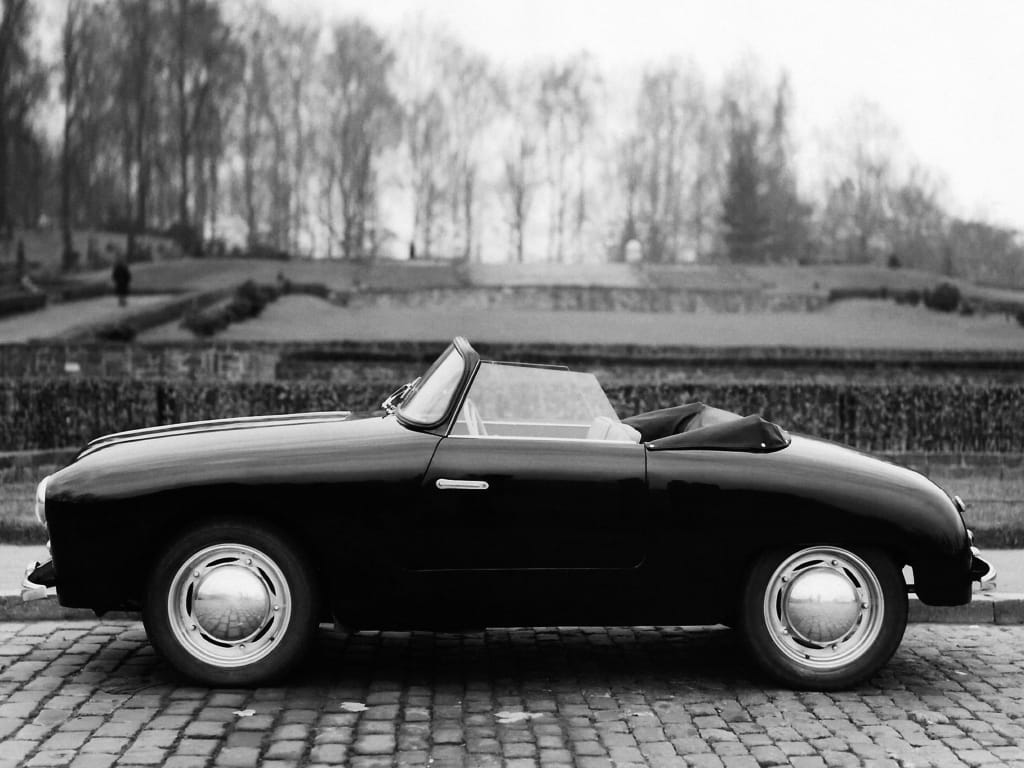
The tiny Panhard Dyna Junior was powered by an air cooled 845cc overhead-valve flat-twin engine, with front-wheel drive and a four-speed manual transmission.
Underneath: independent suspension and torsion bar springs. Some versions had a fold-down windshield to accompany the suicide doors.
Its 42 horsepower gave a top speed of 125 km/h (77 mph), and a final supercharged iteration (in 1955!) gave 60 horsepower and a top speed of 145 km/h (90 mph).
Why was the engine so small? Taxes on engine size (and now CO2 emissions) are big in France, and the car slotted into the 4CV category; the Citroën 2CV was in a class below and cost less in tax, and the mid-sized Citroën Traction Avant was rated at either a 7, 11, or 15CV.
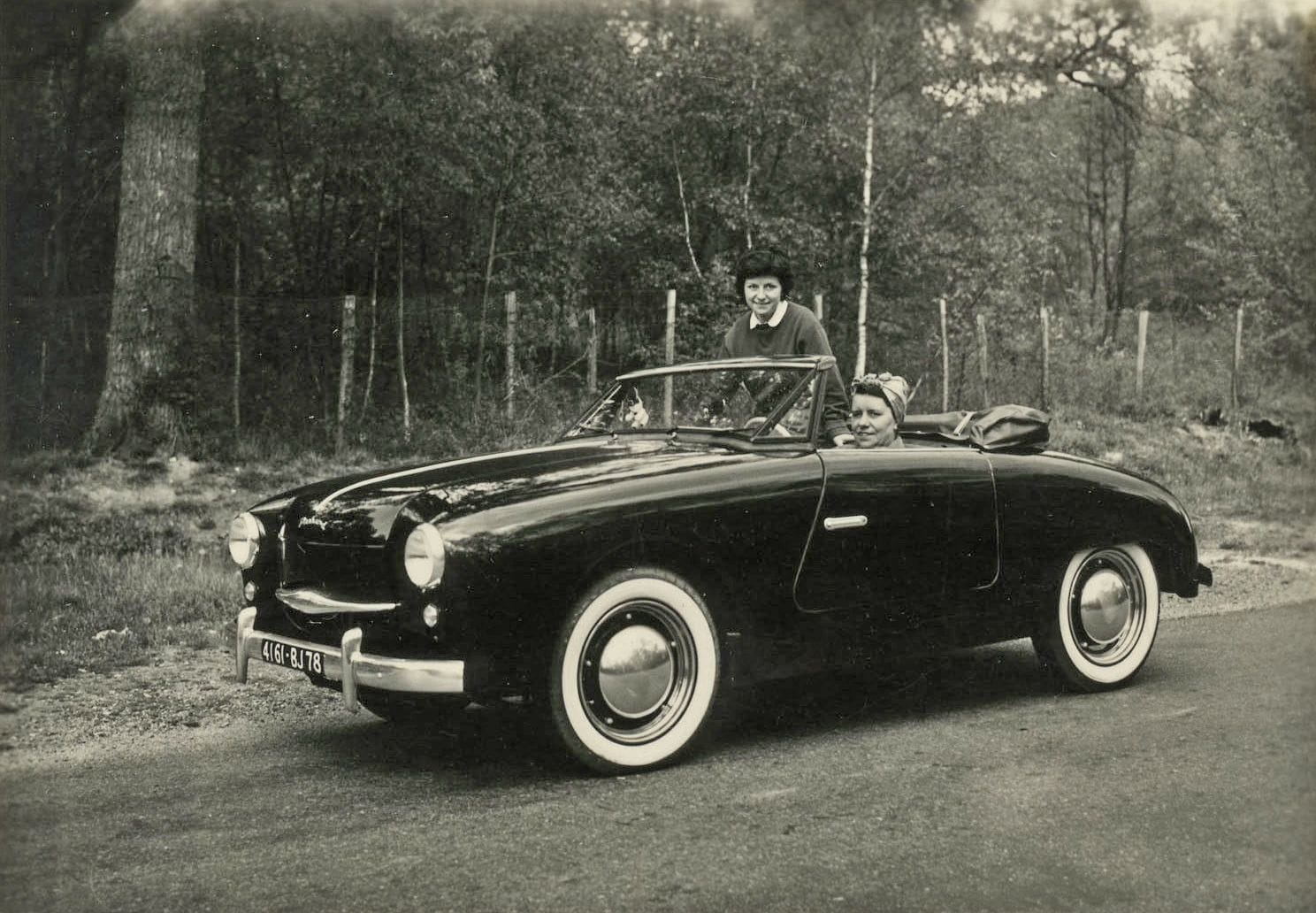
Imagine the faces of your friends as you scream by at 90 mph in what looks like a sentient Frigidaire. In truth, it had some competition success in period regional racing and at the race, Le Mans, winning the Index of Performance award in 1953.
The Index is something I wish was still a part of all auto racing. At Le Mans there were minimum distances required for different engine capacities—faster cars had to travel farther in 24 hours than slower cars.
The winner for the Index of Performance is the vehicle that exceeds the minimum distance required for its class by the highest percentage—in bracket racing or autocross it'd be similar to getting a bonus for “breaking out.”
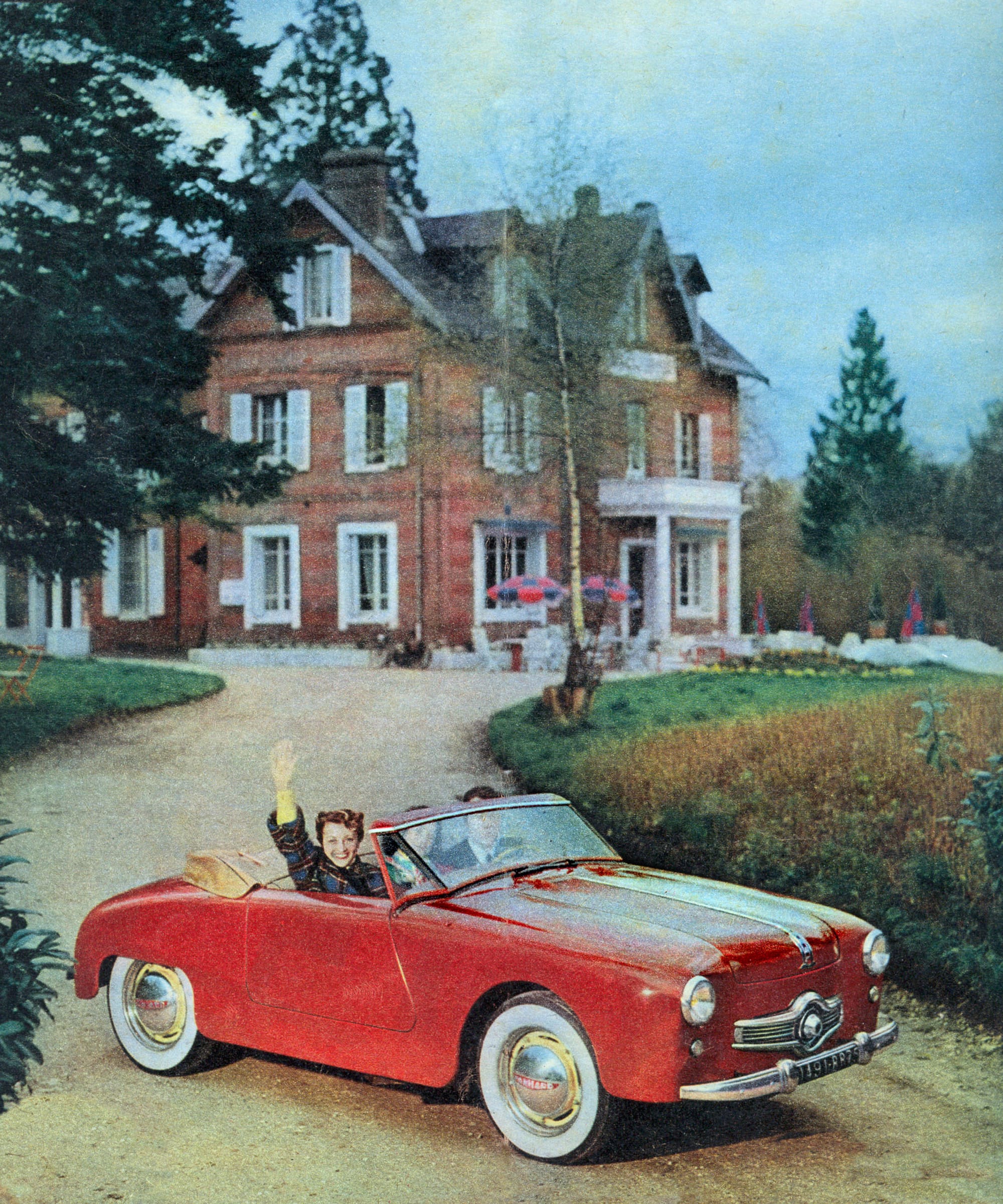
“Even Louis Delagarde, the designer of Panhard’s flat-twin engine, could not have foreseen the scale of competition successes his diminutive power-unit would achieve when he began work at his drawing-board. During the dark days of World War II, he had come up with a small 610cc economy-car engine, possessing all the attributes of a competition-pedigree power-unit. It was not long before race-car engineers noticed and rally drivers were soon winning 750cc classes in their tiny, aluminum-bodied Panhard’s.
It was clear that Panhard’s boxer-type engine and transmission ‘package’ suited numerous small-scale sports-racing car builders in France. It was light, compact, powerful for its size and above all reliable and strong. The 610cc Panhard-engined cars were literally driven flat out for 24 hours at Le Mans.” - Classic Driver
This simple rule led to a ton of innovation as manufacturers chased the cash prize…that amounted to more than the winner’s purse! Aerodynamics, efficient engines, packaging, and innovative construction techniques were tried to wring the most speed from a small motor’d race car.
The Panhard Dyna Junior is a great example of this thinking, not to mention unique in its approach.
There are other small displacement European sports cars, so start picking favourites now: there are only so many truly death-defying classic cars to go around.
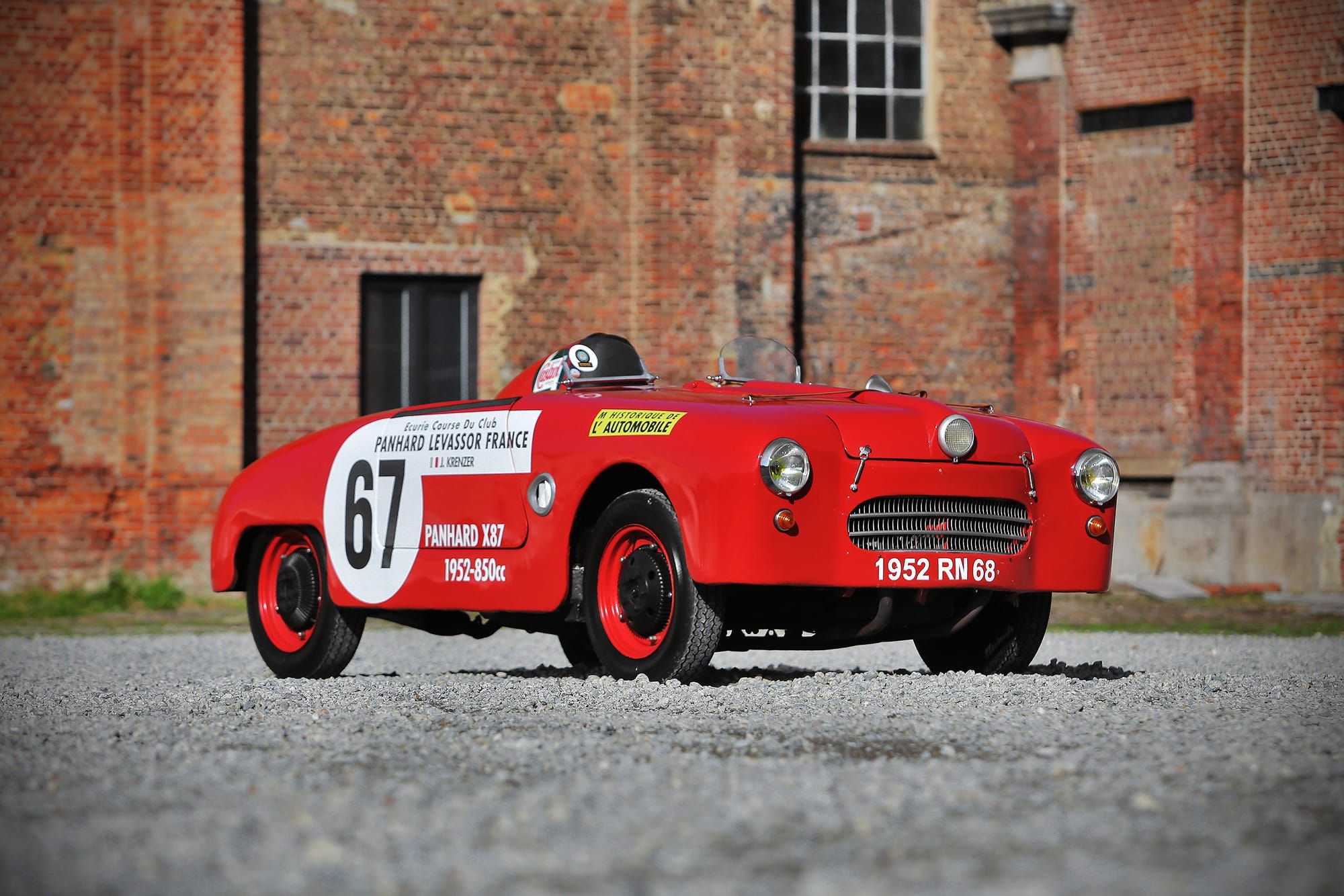
SUPPORTING MEMBERS
Thank you to my supporting members: Brad B., Chris G., Daniel G., Daniel P., Ingrid P., Karl D., Luis O., Michael J., Michael L., Michelle S., Mike B., Mike L., Mike M., Richard W., Sam L., Wiley H.


